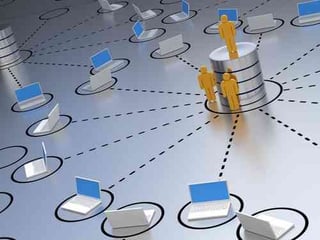Using a Joint Use Platform (Part 1): How To Enter Data
 The vast amount of asset data is overwhelming. Where should you begin?
The vast amount of asset data is overwhelming. Where should you begin?
Traditional joint use management began as a manual process. While much technology has been introduced, there is still more to do. Asset owners must be able to share timely and accurate information about assets, whether they are located in conduit infrastructure or hanging on utility poles.
For example, let's say your company, organization, or municipality has chosen to replace the traditional manual approach with a centralized platform to improve data management and communication, and to help tie key stakeholders together. Or, maybe you have only recently started considering upping your game, so to speak, and want to know upfront what the implementation process could be like. One of the primary questions to address is how to transfer existing data from where it currently resides (multiple spreadsheets, platforms, paper files, etc.) to a centralized system?
While the answer is different for each party, we take a look at what a typical process could be like:
1. All Assets Welcome
One of the first things to note is that a centralized platform is for all assets, including:
- Point assets—Points on a map, such as utility poles, conduit vaults, pedestals, towers, etc.
- Linear assets—A to B-type assets, like conduit infrastructure underground, distribution lines, or fiber cables
- Intangible Assets—Contracts, invoices, leases, circuits, and others
- Geographic assets—"Polygons" such as land, service areas, fire zones, boundary data and right of way (ROW)
2. Security Measures
People are often hesitant to share data. We appreciate and completely understand your privacy concerns. As a software company, we share those concerns. It is extremely important that organizations are able to decide exactly what data to share and with whom, and to keep the rest private and secure. It's important to note this exact data exists in your enterprise systems too, so it is key those systems are also secure.
3. Maintaining Legacy Systems
Legacy enterprise systems can easily be kept up-to-date by using a standardized in/out interface, using batch updates on a daily, weekly, or monthly basis. Food for thought: the data imported isn’t actually the hard part—the difficult part is deciding as an organization exactly what data must be shared and current to keep business running smoothly.
Our suggestion on legacy data imports: During the implementation phase of a centralized system, all entites would benefit by providing an agreed-upon standardized data file so that records are consistent for everyone. We will speak more on that topic in a later post.
4. Streamlining Communication
Automated processes help connect multiple departments for better communication on one (or multiple) shared projects. Each active member on the project can communicate in one place.
Centralizing and standardizing data makes sense when so many people, places, and physical assets are involved. A central system of record helps businesses make effective and successful decisions and allows for transparency, value, and direction for attachers and owners.
